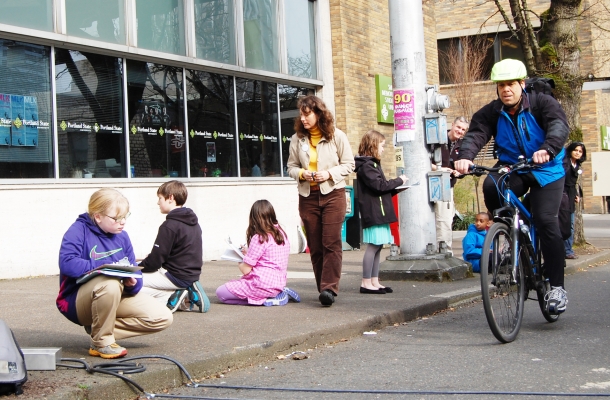A new NITC report from the University of South Florida makes it easier than ever for cities to collect useful bike data.
Cities like Portland, Oregon, Atlanta and San Francisco have started using smartphone apps to learn how people are using their bicycle infrastructure. The data can help planners decide what designs or upgrades are needed for the bicycle network.
The NITC project Rapidly Expanding Mobile Apps for Crowd-sourcing Bike Data to New Cities takes this idea a step further by creating a proof-of-concept multi-region architecture that would allow cities to share the same set of mobile apps, rather than each city launching its own.
This would significantly reduce the cost of deploying the apps.
Sean Barbeau of USF’s Center for Urban Transportation Research (CUTR) led the team in developing the open-source software that allows existing apps to communicate with regional servers.
With it, rather than each city having to modify and deploy their own iOS or Android app, all that a city would need to do is set up a server specific to their geographic area.
Having...
Read more
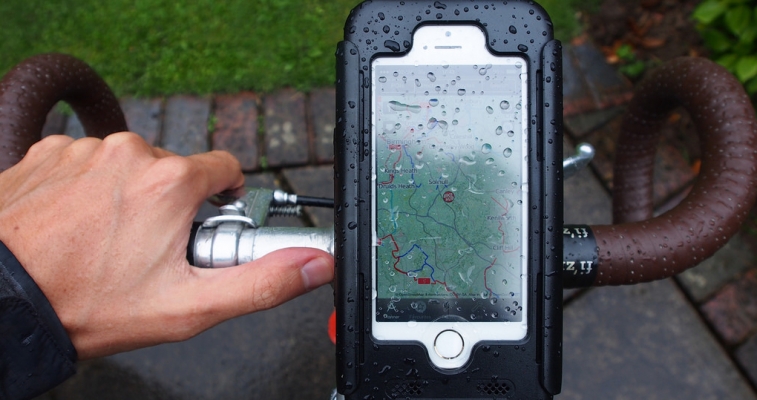
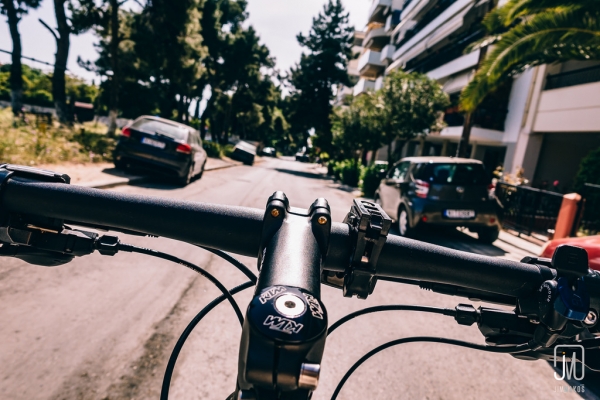
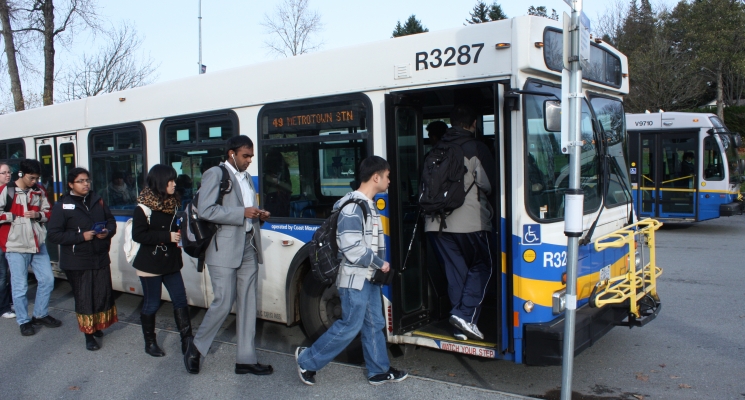

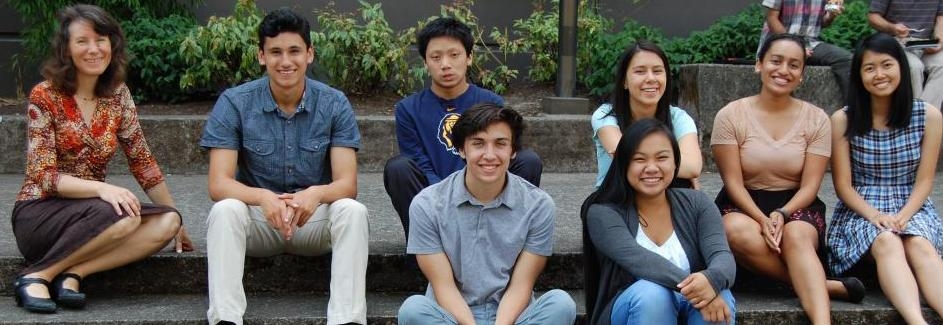

 “
“